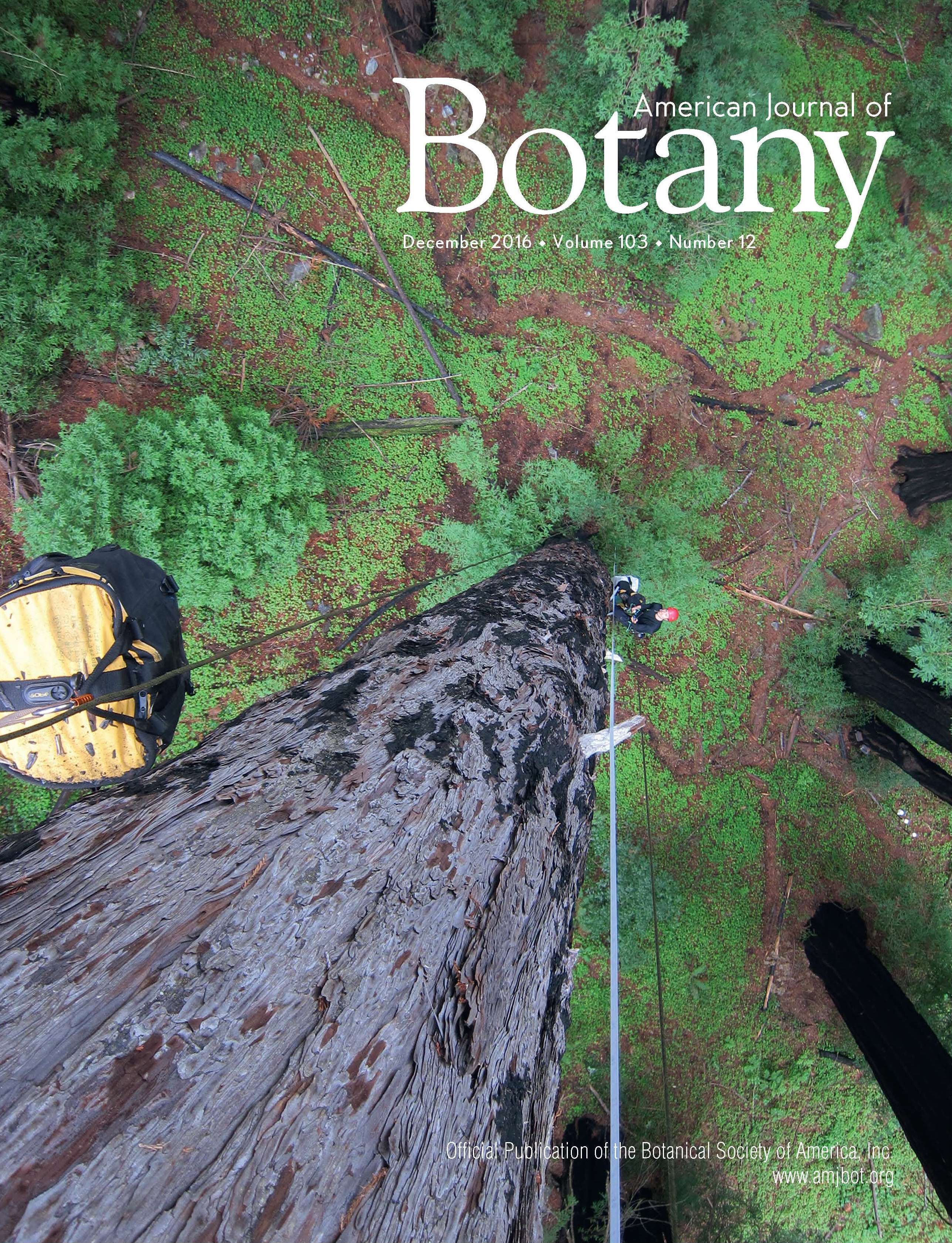Temporal variability in hydrology modifies the influence of geomorphology on wetland distribution along a desert stream
Both geomorphic setting and dynamic environmental variables influence riverine wetland vegetation distributions. Most studies of species distributions in riverine systems emphasize either hydrological variability or geomorphic controls, but rarely consider the interaction between the two. It is unknown whether and to what extent the relationship between the geomorphic template and […]
